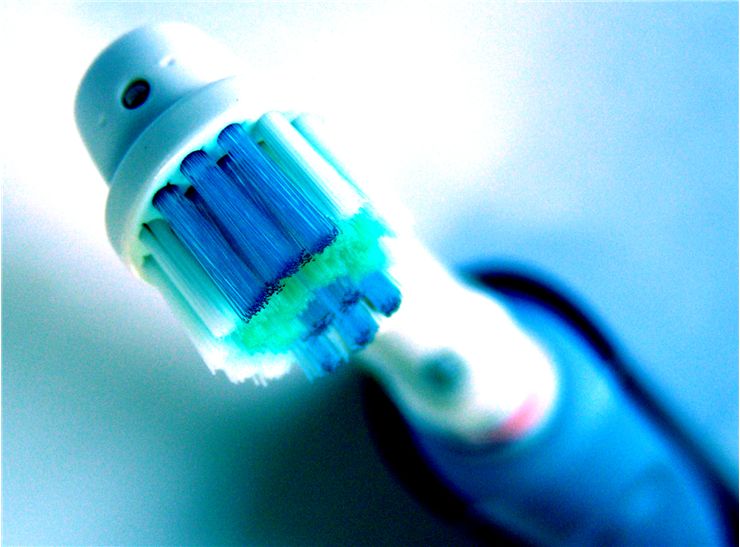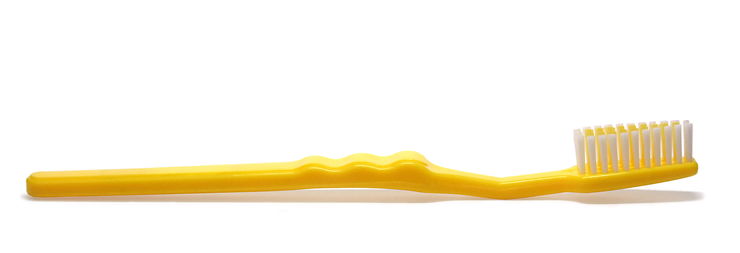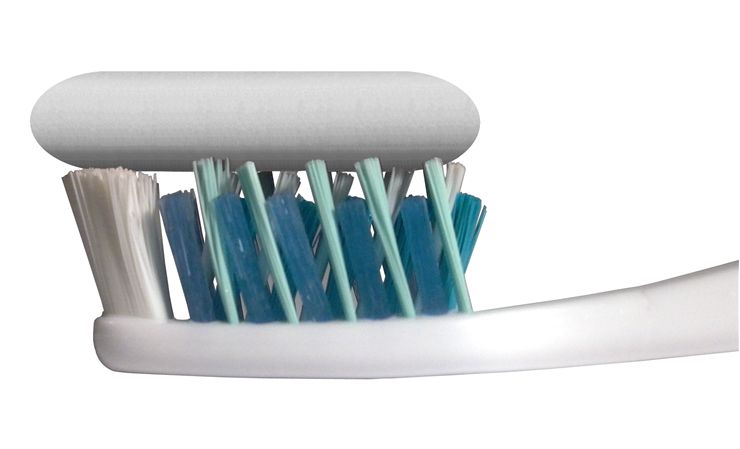Who Invented the Toothbrush? - History of Toothbrush
Toothbrush is a tool for oral hygiene. It is used to clean the teeth and gums and the most common one consists of a head of tightly clustered bristles mounted on a handle although there are other types of toothbrushes that look differently.
Since the dawn of time, people used different tools to clean teeth after meals. They used chew sticks, tree twigs, bird feathers, animal bones and even porcupine quills. Chew stick is considered a predecessor of a toothbrush. It was a twig with a frayed end which was used to brush against the teeth and the oldest found dated from 3500 BC and was from Babylonia. Ancient Egypt used it in 300BC and was also mentioned in Chinese records dating from 1600 BC. Chew sticks are still used in some parts of the rural South of United States and are known there as twig brushes.
First toothbrushes, resembling today’s, appeared in China during the Tang Dynasty (619–907) and were made out of hog bristle and had a handle made of bamboo or bone. Toothbrushes came to Europe in 17th century and were almost entirely imported from China but those made from hog bristle were too to firm and those made from horsehair sold better. Europe imported toothbrushes from China until the mid-20th century.
The first mass-produced toothbrush in Europe was made in 1780. It was made in England by one William Addis. By 1840 England, France, Germany, and Japan were mass-producing toothbrushes and were using pig bristle for cheaper toothbrushes, while the badger hair was used for more expensive ones. H. N. Wadsworth was given the first patent for a toothbrush in 1857 in the United States but, for some reason, mass-production of toothbrushes in the United States didn’t start until 1885.
Toothbrushes made from natural materials were problematic because they retained bacteria and did not dry well. That is why DuPont replaced Natural animal bristles with synthetic fibers in 1938. Wooden and bone handles of the earlier model were also replaced with celluloid handles. In Switzerland in 1954 appeared the first electric toothbrush. Handles of today’s toothbrushes are mostly made from thermoplastic materials.
Except the standard toothbrush that we all have in our homes, there are also more different types. Electric toothbrush is a tooth brush that performs oscillations or rotations that are driven by a motor. An interdental brush, interproximal brush or a proxy brush has a small, narrow bristle and is used for cleaning between teeth and between the wire of dental braces and the teeth. They are made in different sizes and thicknesses. There are evidences that they remove more plaque than dental floss. An end-tufted brush has bristles shaped into an arrow and is used for cleaning along the gumline. Chewable toothbrushes are toothbrushes of a small size, have no handles and are used during travels. They often have different flavors and are disposed after use. Ecological toothbrushes are similar to standard ones but are made from biodegradable materials and/or use replaceable heads.



